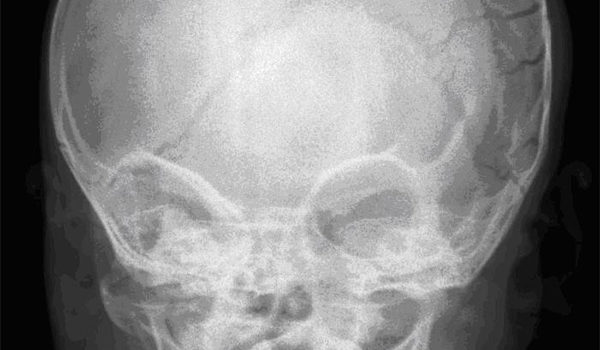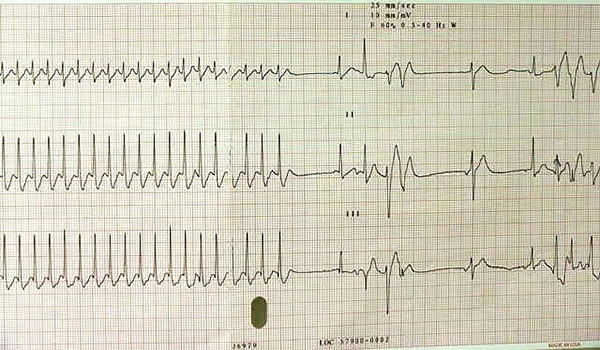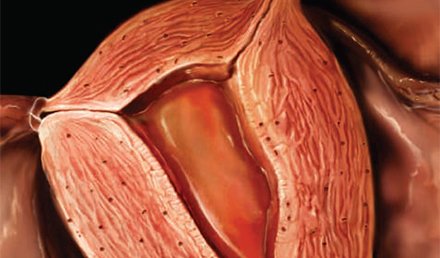


7-month-old boy falls from a bed
The patient is 7-month-old boy who presents with his parents one day after falling from a bed. The parents state that there was no loss of consciousness; the child looks well and has not vomited. The parents brought the child in out of concern from the fall. You opt to do a skull x-ray for the same reason. View the x-ray taken and consider what your diagnosis and next steps would be.
Read MoreDeveloping Data: April, 2010
In early 2008, UCA revamped its annual survey in conjunction with researchers at Massachusetts General Hospital and Harvard University with the goal of assuring that the UCA Benchmarking Committee’s efforts produced a scientifically valid report. Here, we present some of the data from this landmark survey. In this issue: What orthopedic-related services do urgent care centers tend to offer? * “Fracture care” includes splinting and casting. The question regarding orthopedic-related services was just one segment …
Read MoreCoding X-Rays Ordered by Outside Docs, G-code for Drug Testing, and 99051 for Scheduled Visits
DAVID STERN, MD (Practice Velocity) Q. We have quite a few primary care physicians who regularly send patients to our urgent care center for x-rays. These patients have a prescription for the x-ray service, and they don’t want to be seen by the urgent care doctor. I have several questions related to this service: Should we collect the urgent care copay (or) radiology imaging services copay (which is usually $0)? Should we code S9083 to …
Read MoreSellingWellness Services to Employers
Somewhere between the episodic nature of the typical urgent care visit and the steady relationship between patient and primary provider lies a need for employers—your occupational medicine customers and prospects—to support the health of their employees. This need may be especially great with many companies having trimmed their workforces; fewer employees doing more work than ever before means there is real economic value in keeping those workers well and on the job.
Read More
Protecting the Urgent Care Center from Sexual Harassment Claims
Urgent message: Sexual harassment claims can be costly for an urgent care operator, not tomention ruinous to a center’s reputation. An urgent care center should protect itself by having firm policies and procedures in place to prevent and resolve sexual harassment issues. Alan Ayers, MA, MAcc, Experity Sexual harassment emerged as a major human resources issue in the 1990s. Victims of alleged sexual harassment – who can be men or women – sometimes find sympathetic …
Read MoreClinical Challenge: April, 2010
In each issue, JUCM will challenge your diagnostic acumen with a glimpse of x-rays, electrocardiograms, and photographs of dermatologic conditions that real urgent care patients have presented with. If you would like to submit a case for consideration, please e-mail the relevant materials and presenting information to [email protected] The patient is a 22-year-old male who fell and landed directly on his shoulder. On examination, you note marked local swelling and decreased range of motion. View …
Read More
2-year-old boy with Williams syndrome suffers fever and cough
The patient is 2-year-old boy with Williams syndrome who presents two days after a trip to the emergency room for a three-day history of fever, cough, and wheezing. In the ED, the parents report, he received three doses of nebulized albuterol and was diagnosed with reactive airway disease and bilateral otitis media. He was discharged on oral amoxicillin and albuterol MDI. Today, you find he has similar symptoms, plus vomiting. His parents say he vomited …
Read MoreAbstracts in Urgent Care: April, 2010
Diagnostic Medical Errors: What Goes Wrong and Why Key point: Errors often occur because clinicians don’t consider the diagnosis, test for it, or follow up on abnormal test results. Citation: Schiff GD, Hasan O, Kim S, et al. Diagnostic error in medicine: Analysis of 583 physician-reported errors. Arch Intern Med. 2009; 169: 1881-1887. Autopsy data from the past few decades reveal diagnostic error rates of 10% to 15%, but do not inform us about the …
Read More
Assessing Abnormal Uterine Bleeding in the Urgent Care Center
Urgent message: Vaginal bleeding is a common presentation in the urgent care setting. An assessment of hemodynamic status, as well as an understanding of potential causes, is necessary to initiate treatment and triage the patient correctly. Thomas Sunshine, MD Introduction Patients presenting with what they perceive to be vaginal bleeding will not know whether that bleeding is specifically uterine, cervical, or (rarely) vaginal in origin. It is incumbent upon the urgent care provider to have …
Read More